War History online proudly presents this Guest Piece from Julie Peakman
In November 1943, a vicious battle took place on the little-known island of Leros in Greece. Along with the other Dodecanese islands, Leros had been occupied by the Italians from 1912 through both World Wars. When the Italians surrendered to the Allies on 8th September 1943, there was a race between the Germans and the Allies to take the islands. Leros was important as it possessed the Italian naval base.
It was the morning of the 12th November at 4.30am, and all men were called to battle stations. German crafts of many types escorted by destroyers were seen standing off Leros on all sides. The invasion of Leros started with the landing of the Küstenjäger assault troops on the Northern part of the island with General Friedrich-Wilhelm Müller dividing his landing forces into three groups.
The first landings began at 6am and were made simultaneously at various key strategic points of the island. The western landings were thwarted but the enemy managed to come ashore in the north and middle to the east of the island.
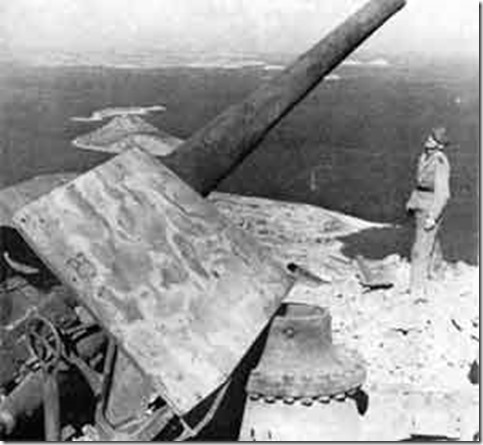
The enemy made their way up cliffs with the aim of taking gun emplacements on the top of two of the mountains of Appetici and Clidi, but were met by allied opposition. The one enemy company which had got ashore at Della Palma Bay (north) was counter-attacked by Buffs D Company and destroyed. Major E. W Tassell led the attack with Lt E J Ransley. According to the Historical Records of the Buffs 1919-1948, ‘Major Tassell had launched D Company against the enemy, and by noon after a fierce struggle in which the gallantry and fine leadership of Lt EJ Ransley, he had disposed of the Germans opposed to him.’
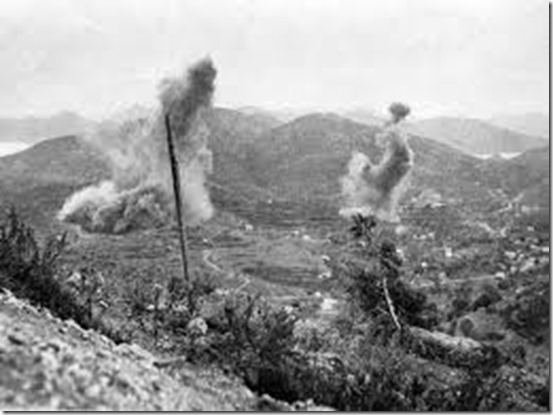
That same afternoon a crack team of Brandenburg paratroopers piled out of low-flying German aircraft to take the middle of the island known as Rachi Ridge. To Captain Clifford Clarke manning a Vickers machine gun, it looked as if hundreds of parachutists had landed around the ridge area but many were drifting down into the bay or the countryside which lay beyond it.
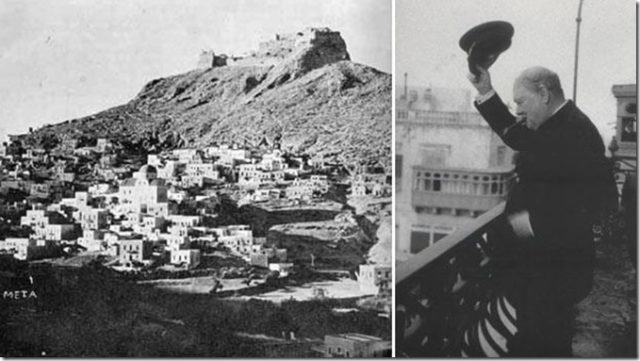
Although it was a surprise too, he said, ‘It was almost an admiration to see this thing, and somehow felt terribly tense, and so you started to fire at them as they were coming down, as you were taught to do. Quite clearly many were dead before they reached the ground.’ Enough survived to link up with their comrades who had come in on landing crafts and they effectively cut the island in half.
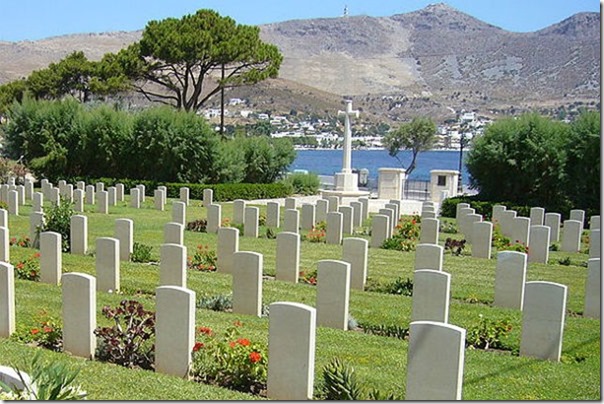
The battle raged until 16th November when Brigadier Tilney surrendered the island to German General Müller. Through the battle, the British troops had been overwhelmed with continual bombing from enemy aircraft. Eisenhower had refused to allow diversion of Allied planes and the lack of allied air cover contributed to the success of the Germans.
The Battle of Leros in November 1943 was a tiny part of the war, but it was significant in that it was the last island to crumble in the larger fight for the Dodecanese in Greece and, more significantly, the last territory which Hitler conquered and convincingly held.
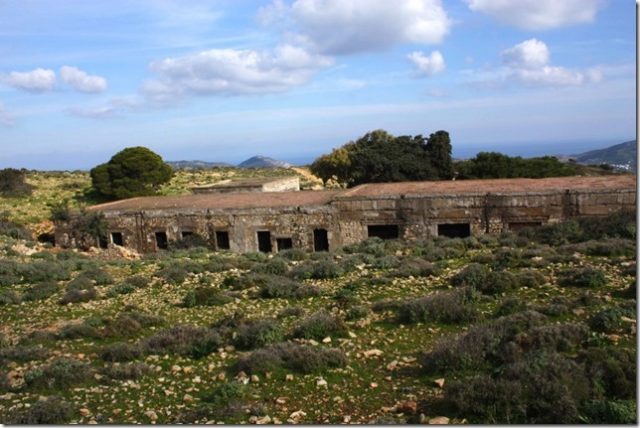
About the author:
Julie Peakman is a highly acclaimed author and historian. She is a fellow of the Royal Historical Society and a modern-day resident of Leros. She is the author of the book Hitler’s Island War – The Men who Fought for Leros – a story based on first-hand interviews and written accounts including diaries, letters, cartoons, drawings and journals of the soldiers in the battle. Told here for the first time, the book offers a unique eyewitness perspective on this forgotten corner of World War II. It contains unpublished photographs of the battle and images of the war.
Publisher: I.B.Tauris & Co Ltd. Hardback ISBN: 9781784532680
Publication Date: 30 Oct 2017 Number of Pages: 304
Illustrations: 45 bw in 38 plates 4 maps
All photos are provided by the author.
